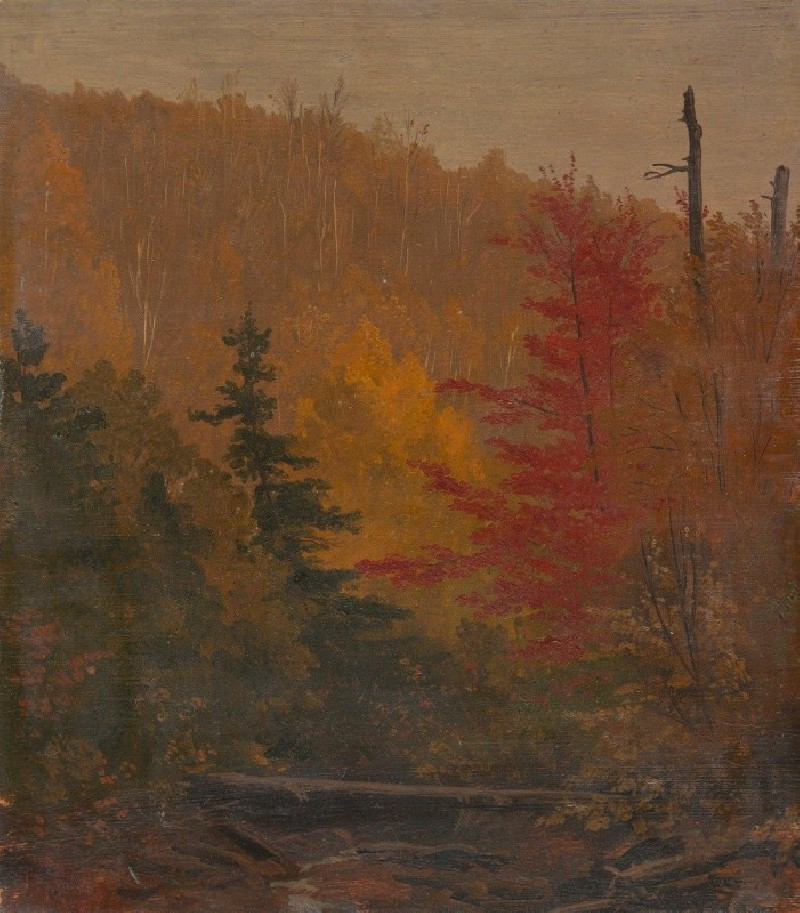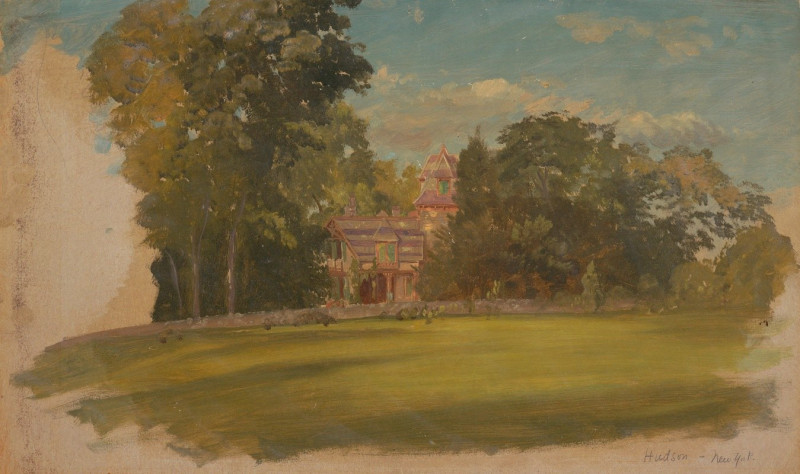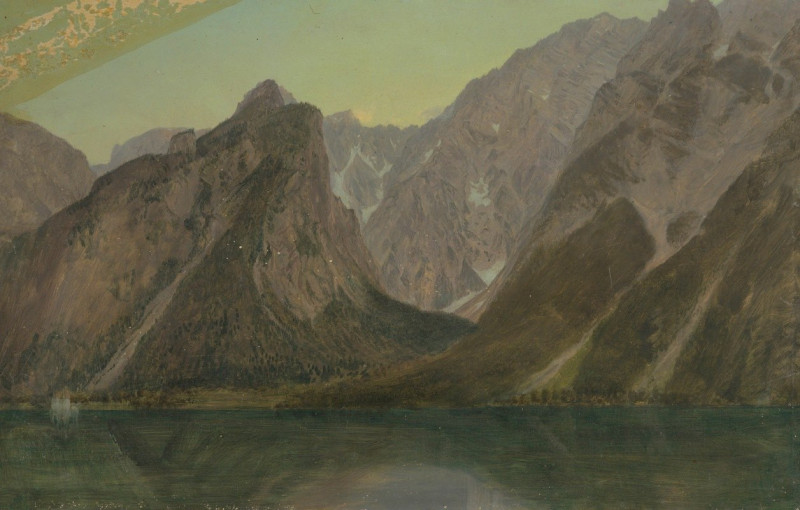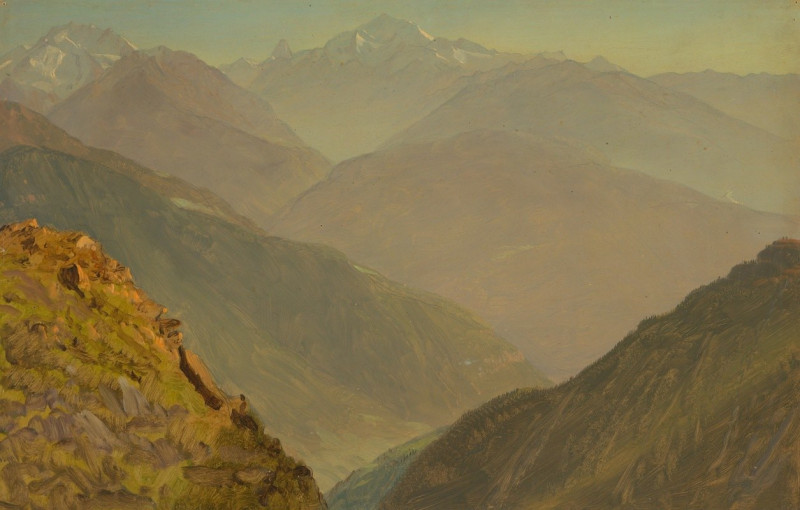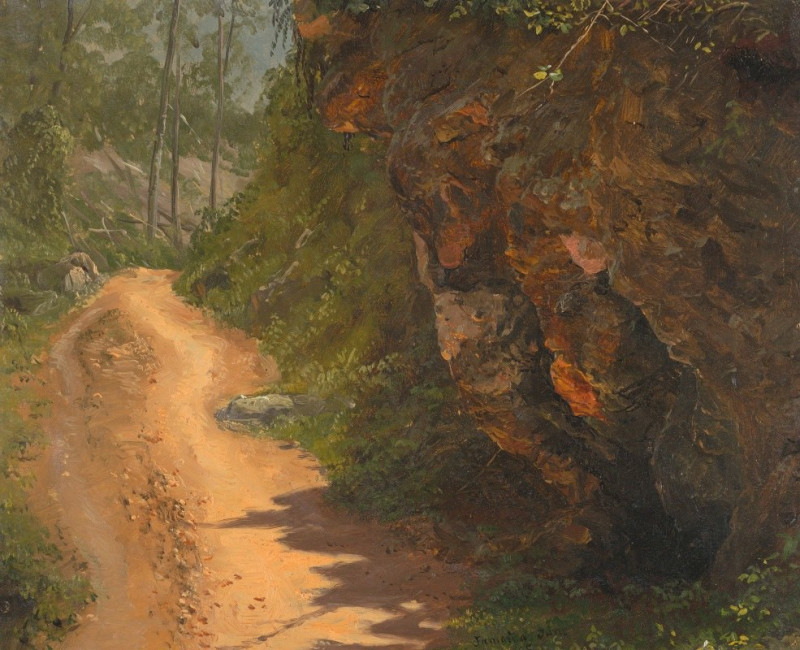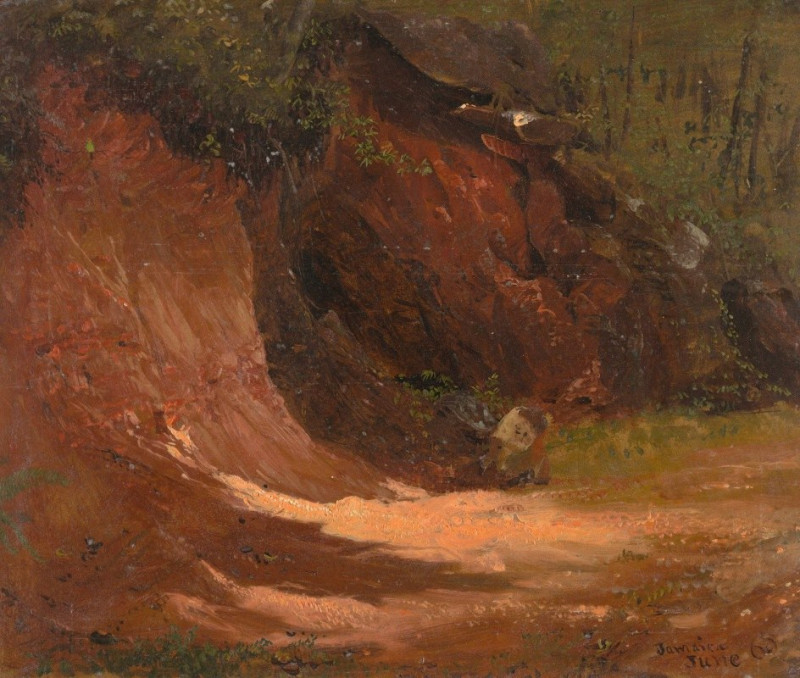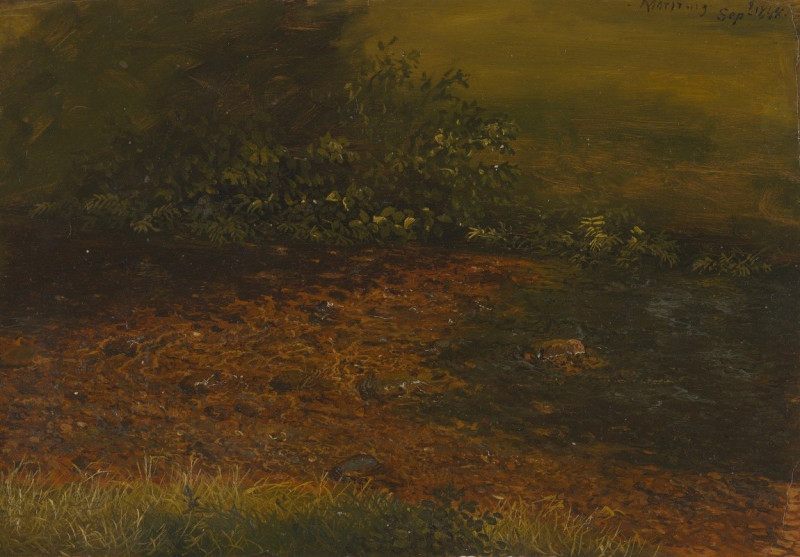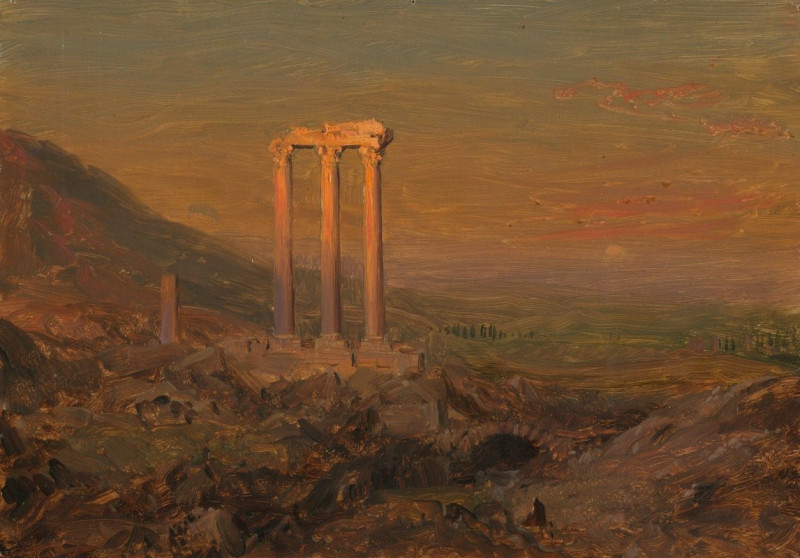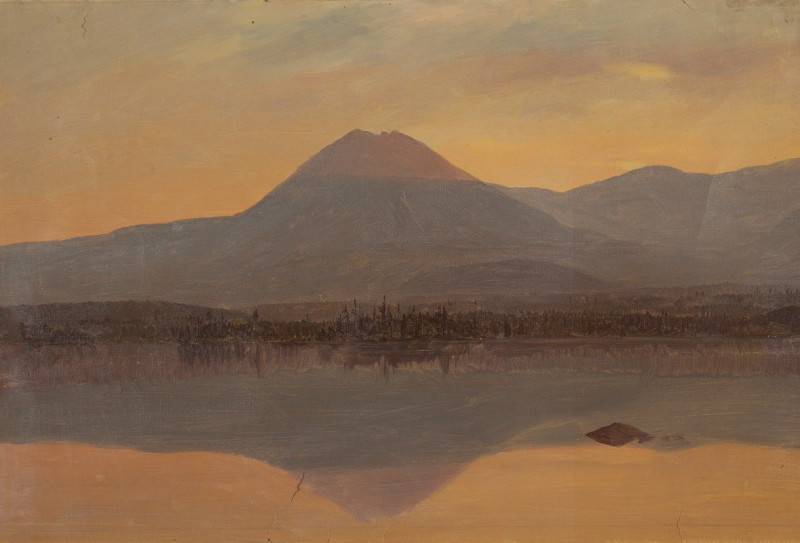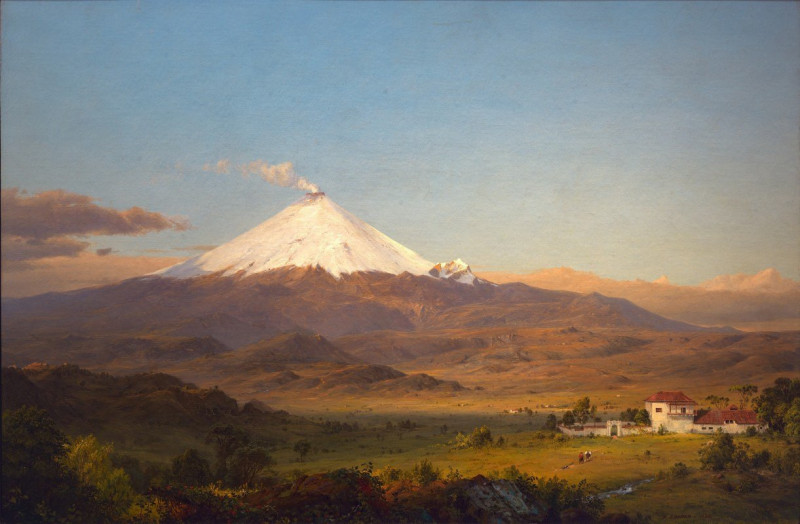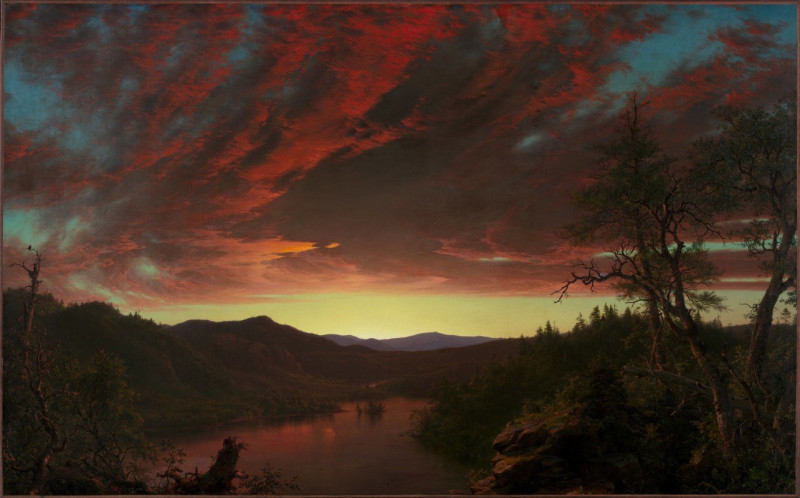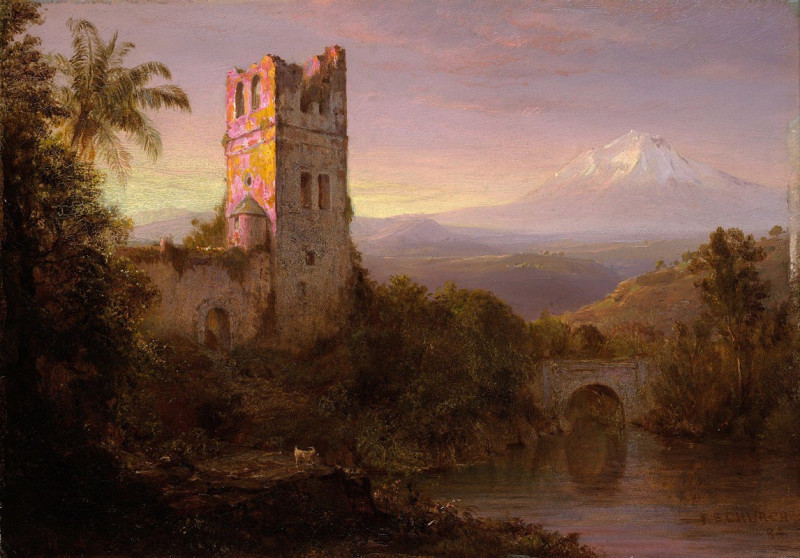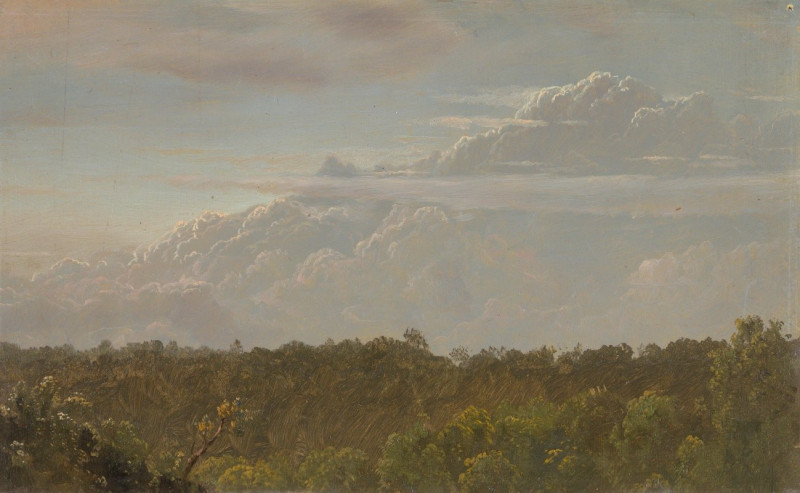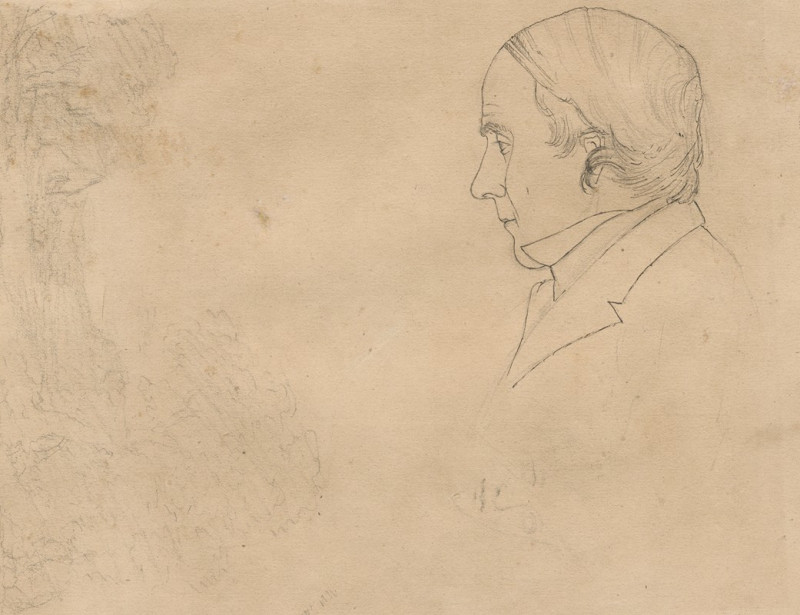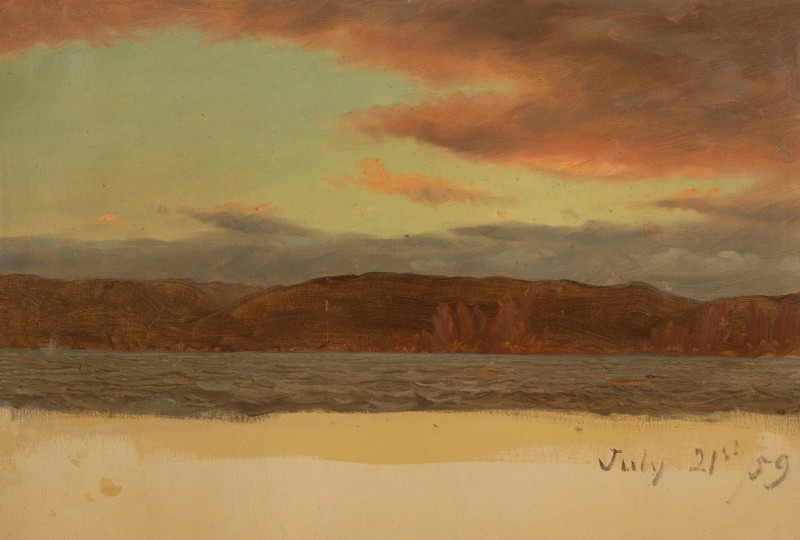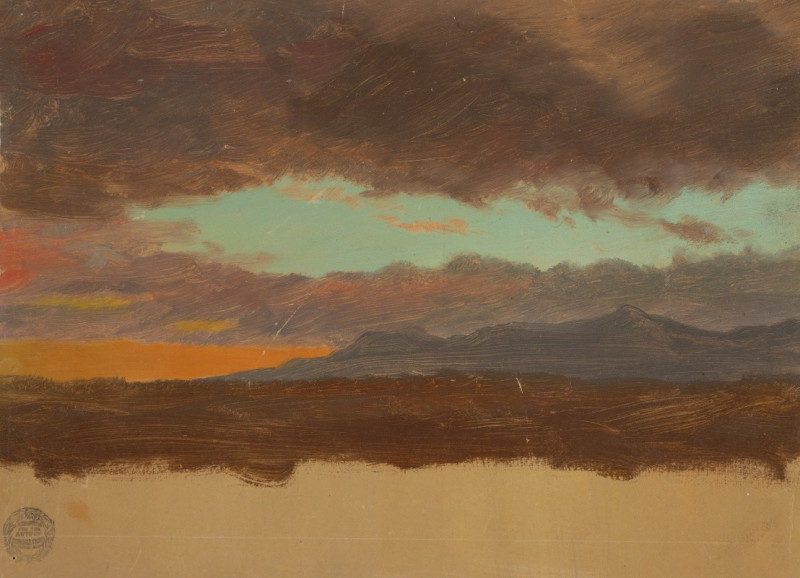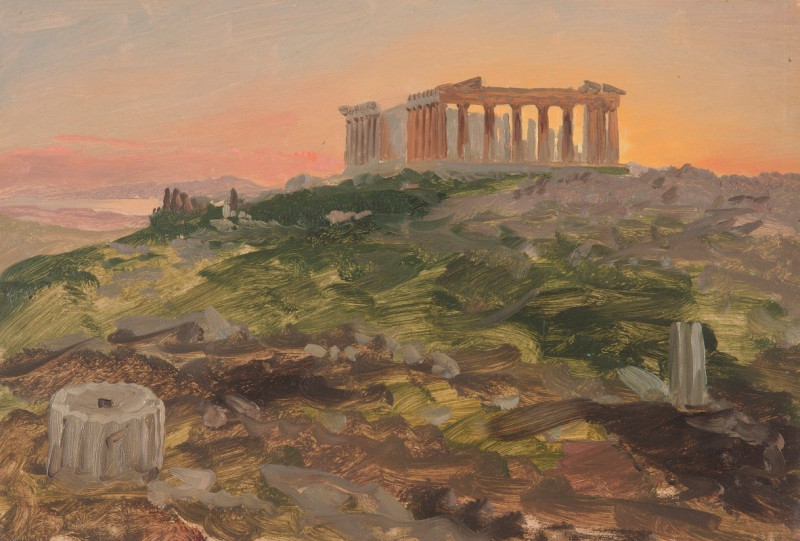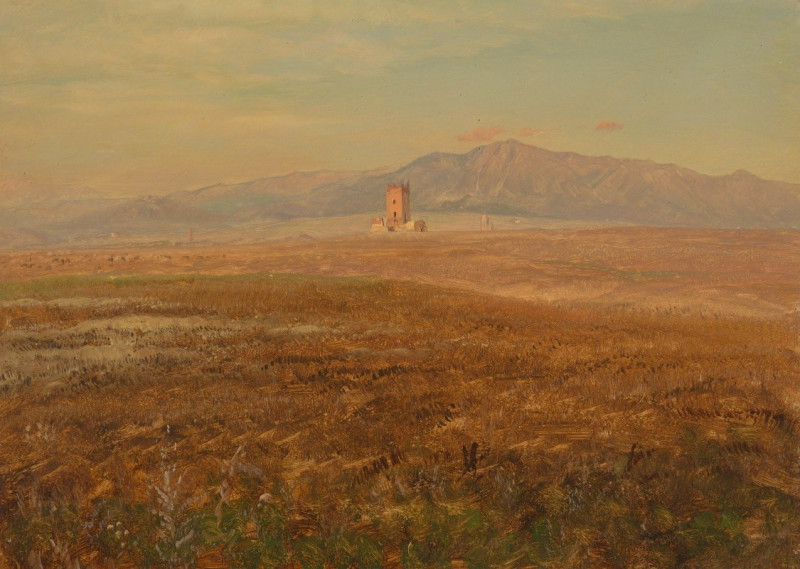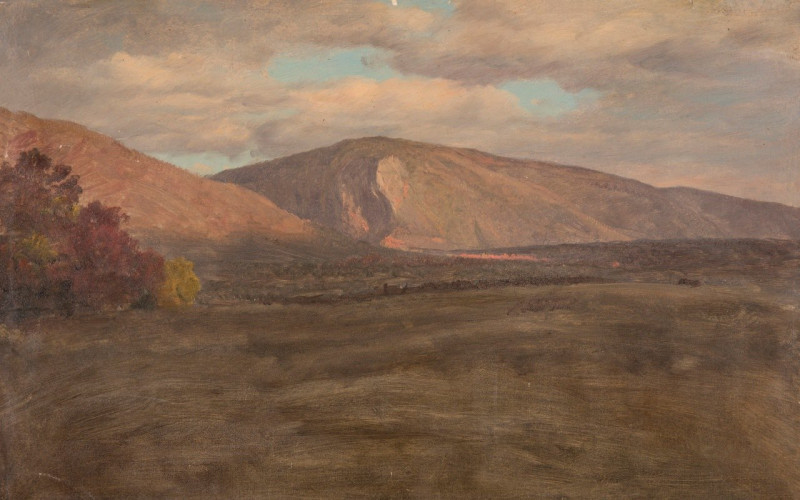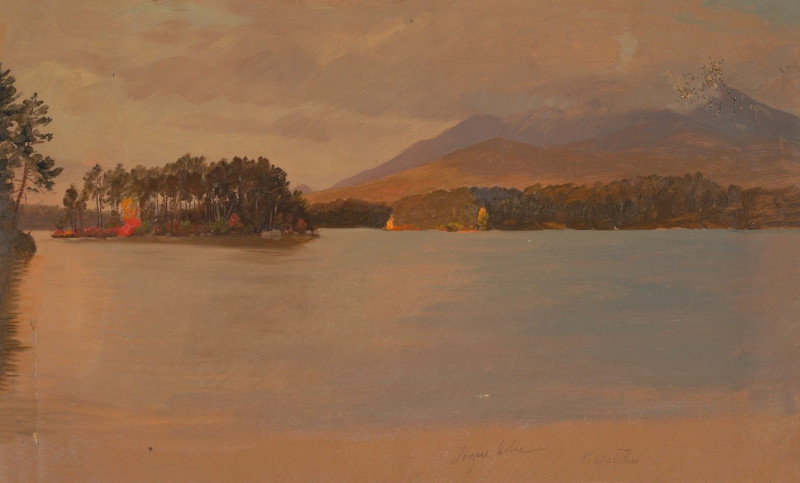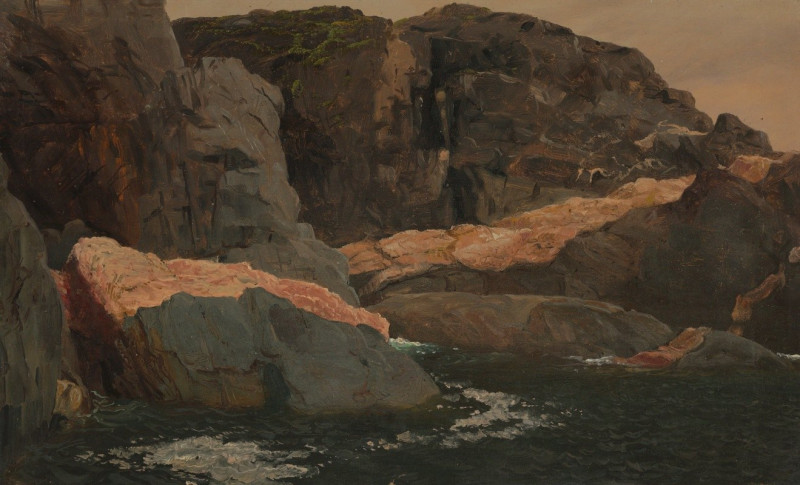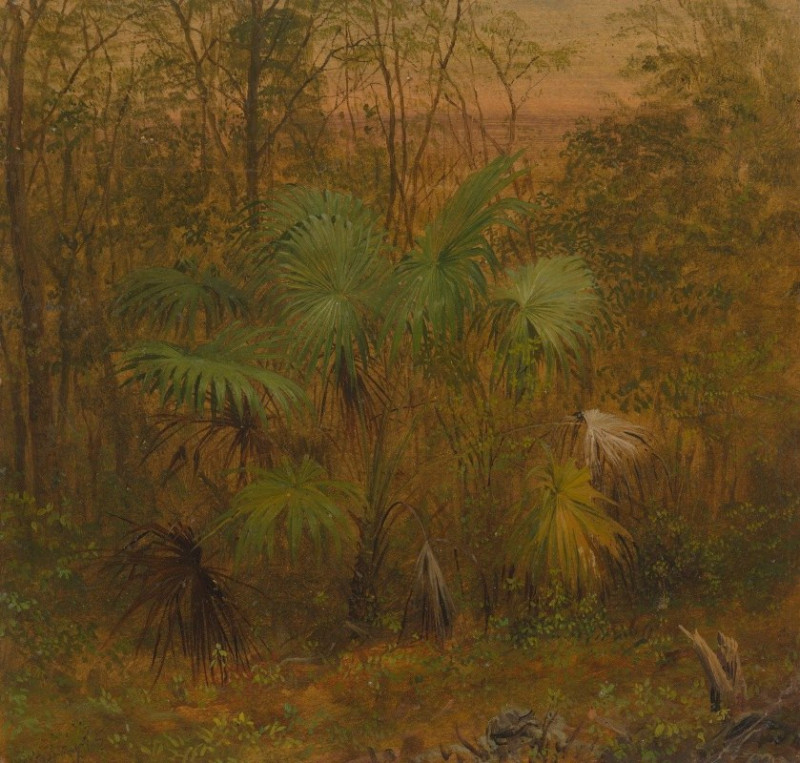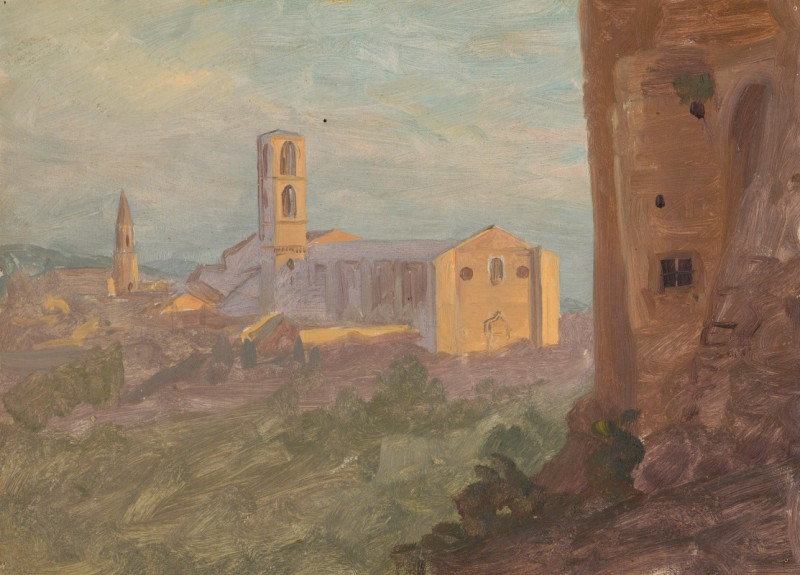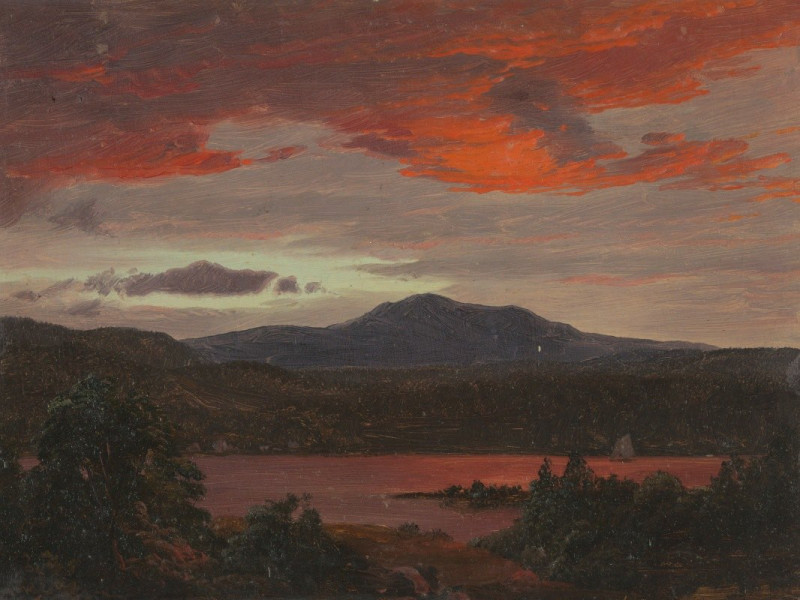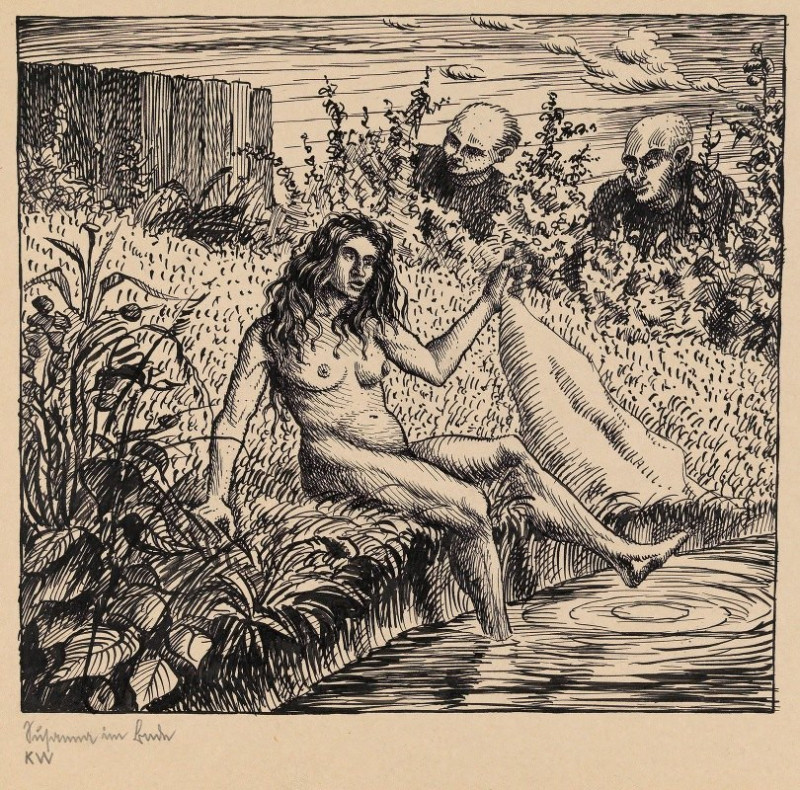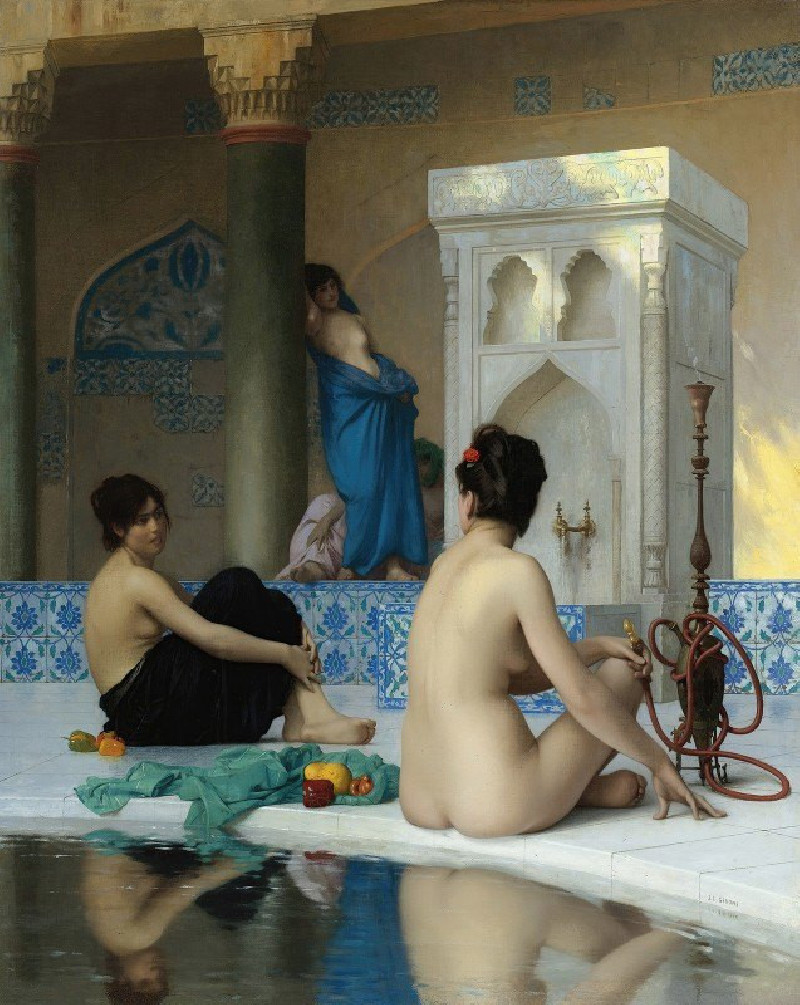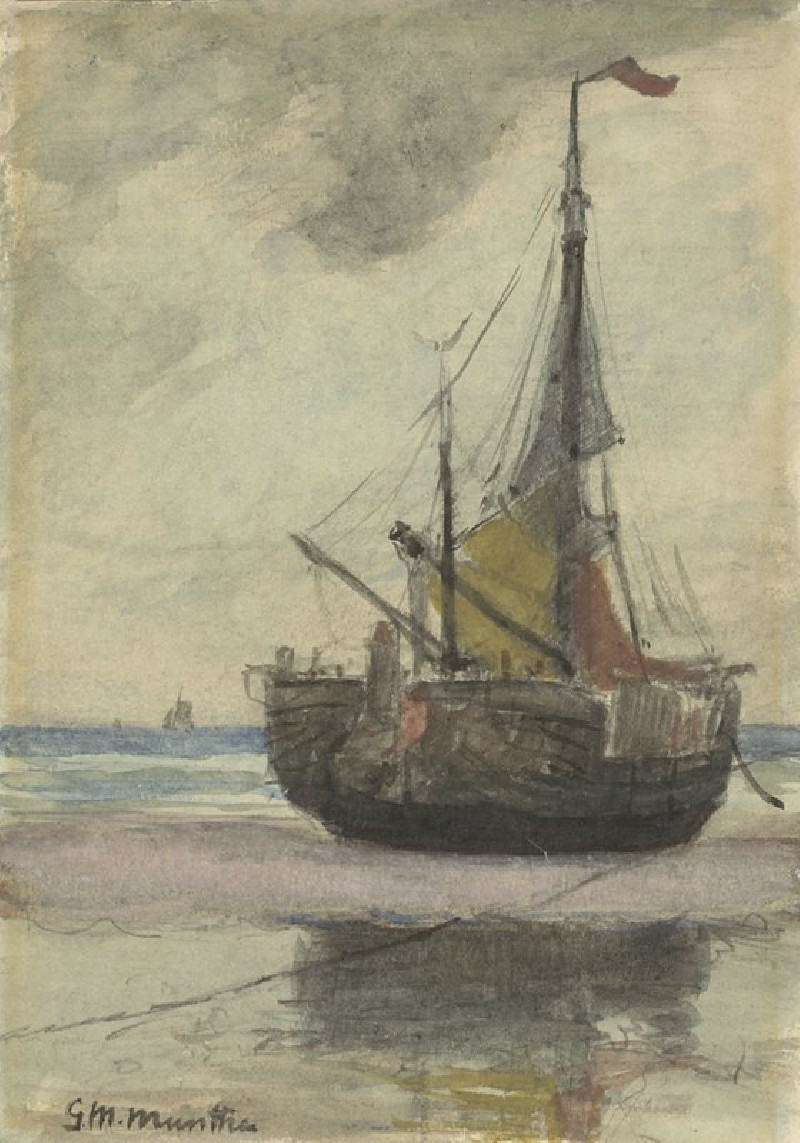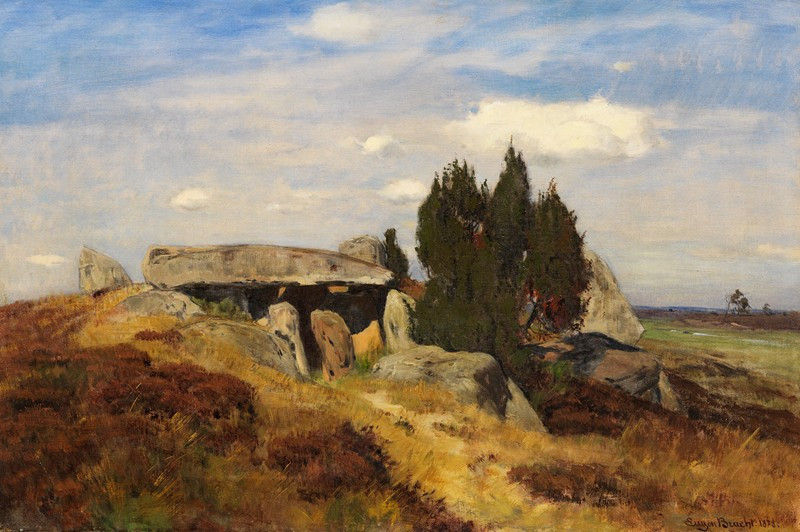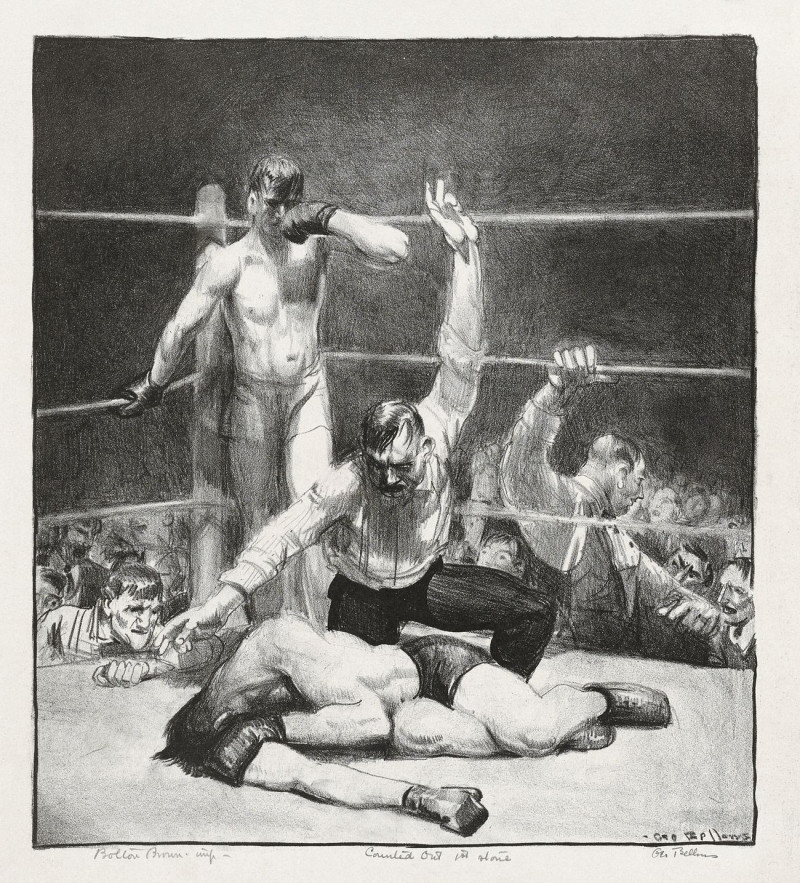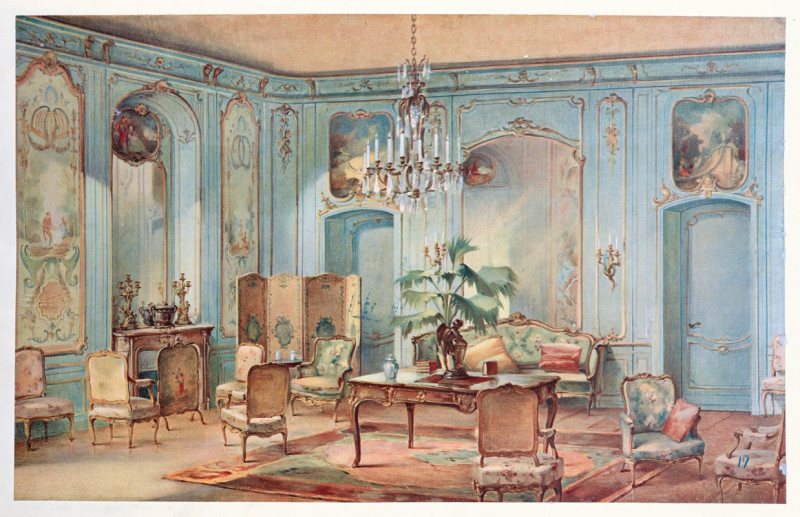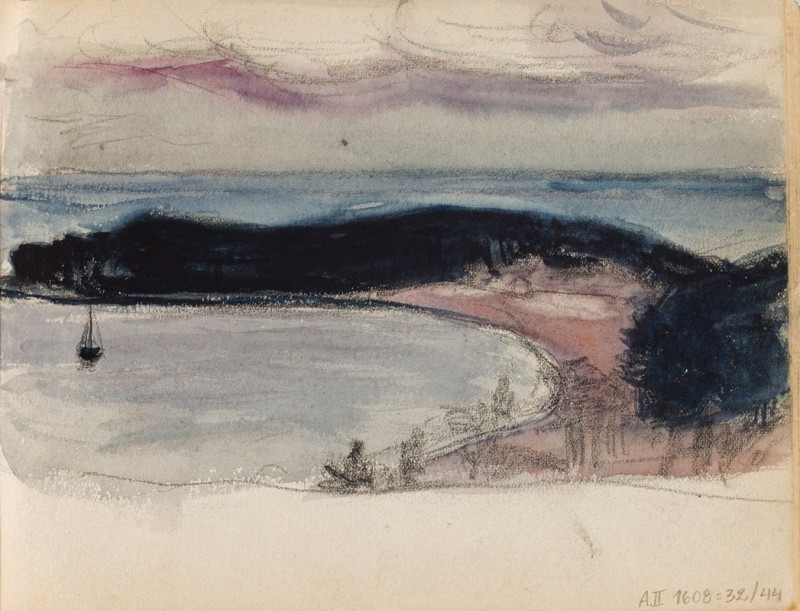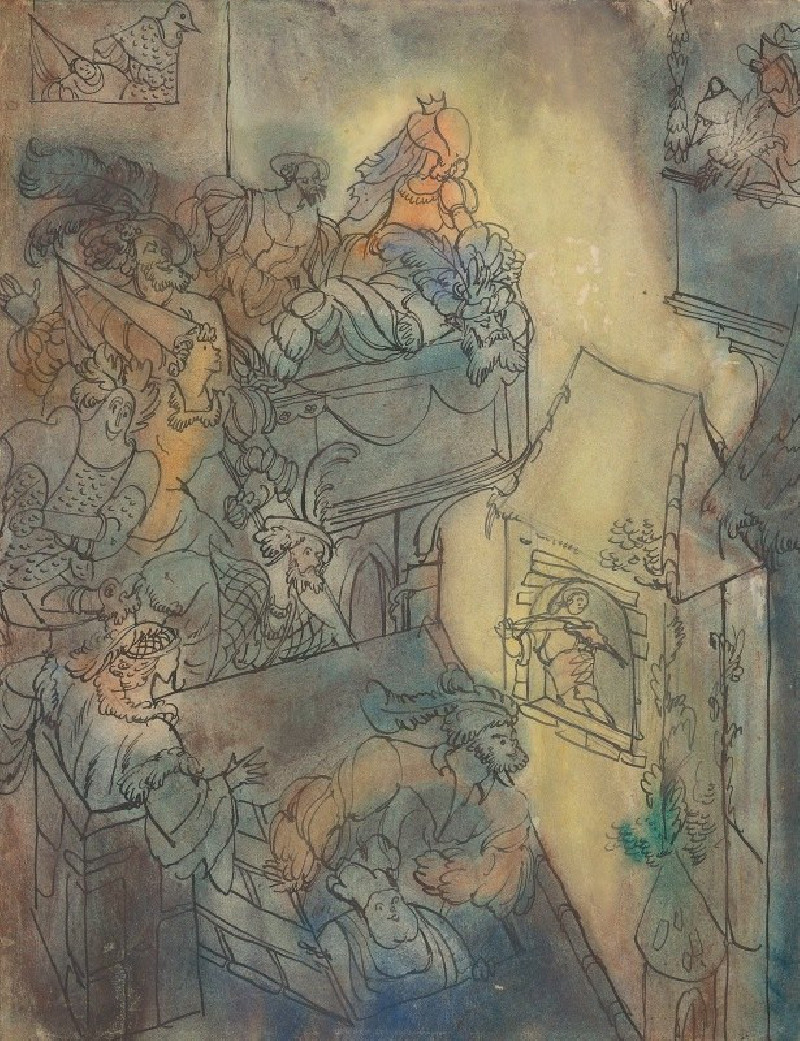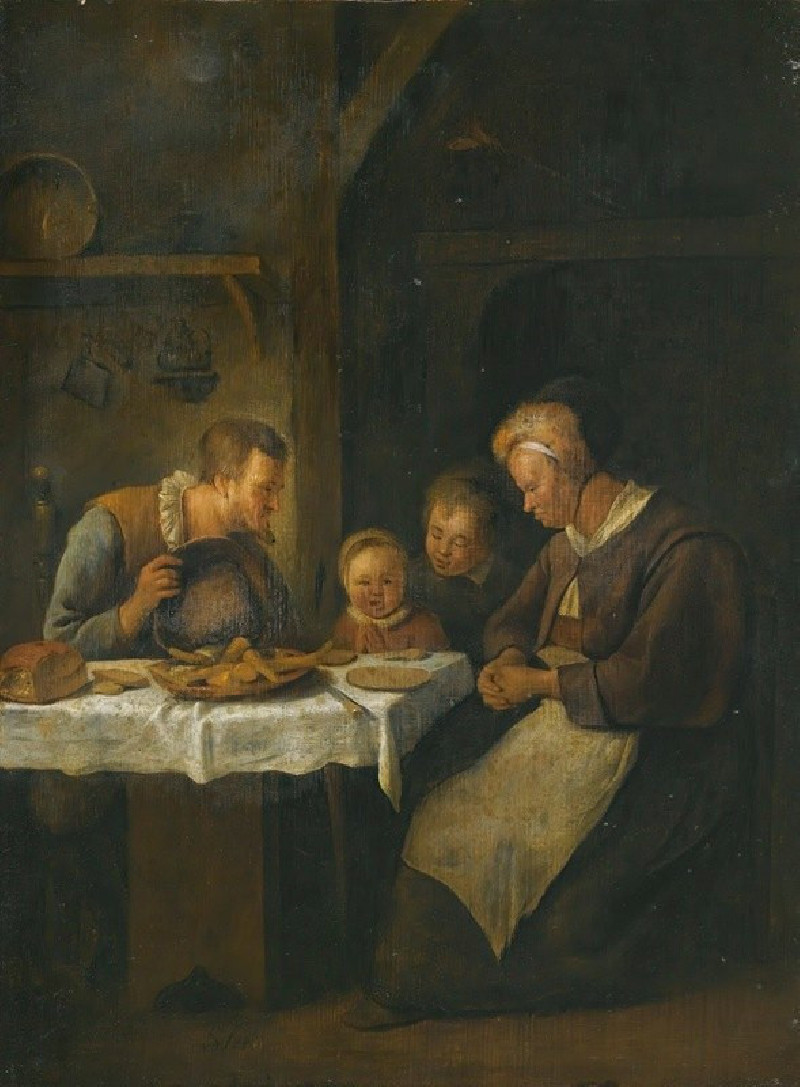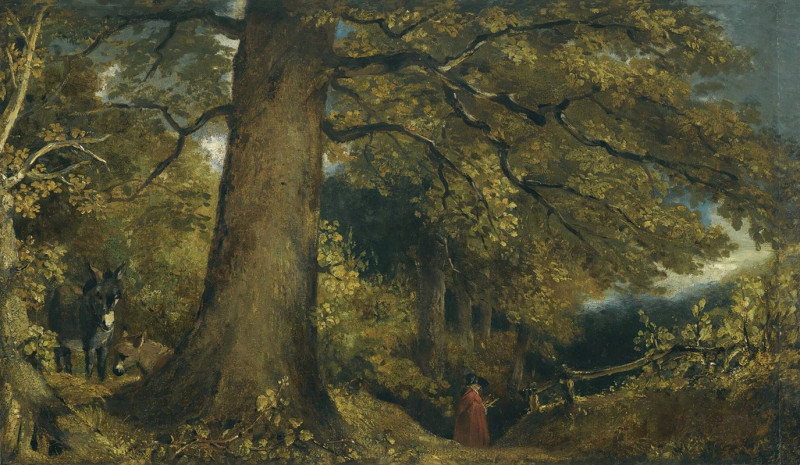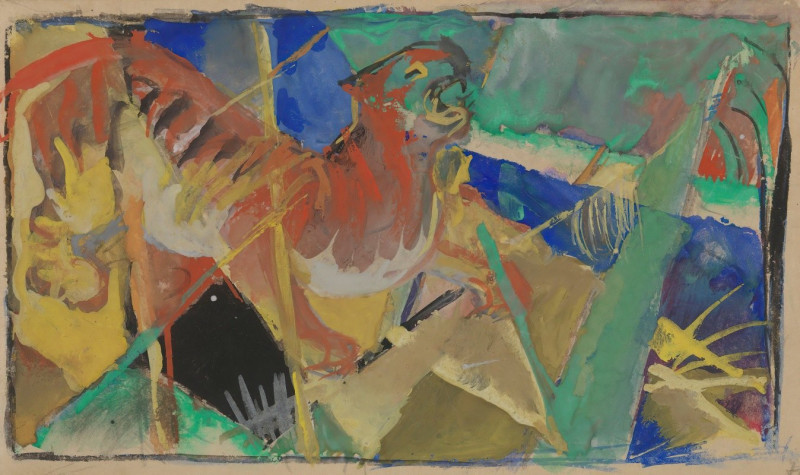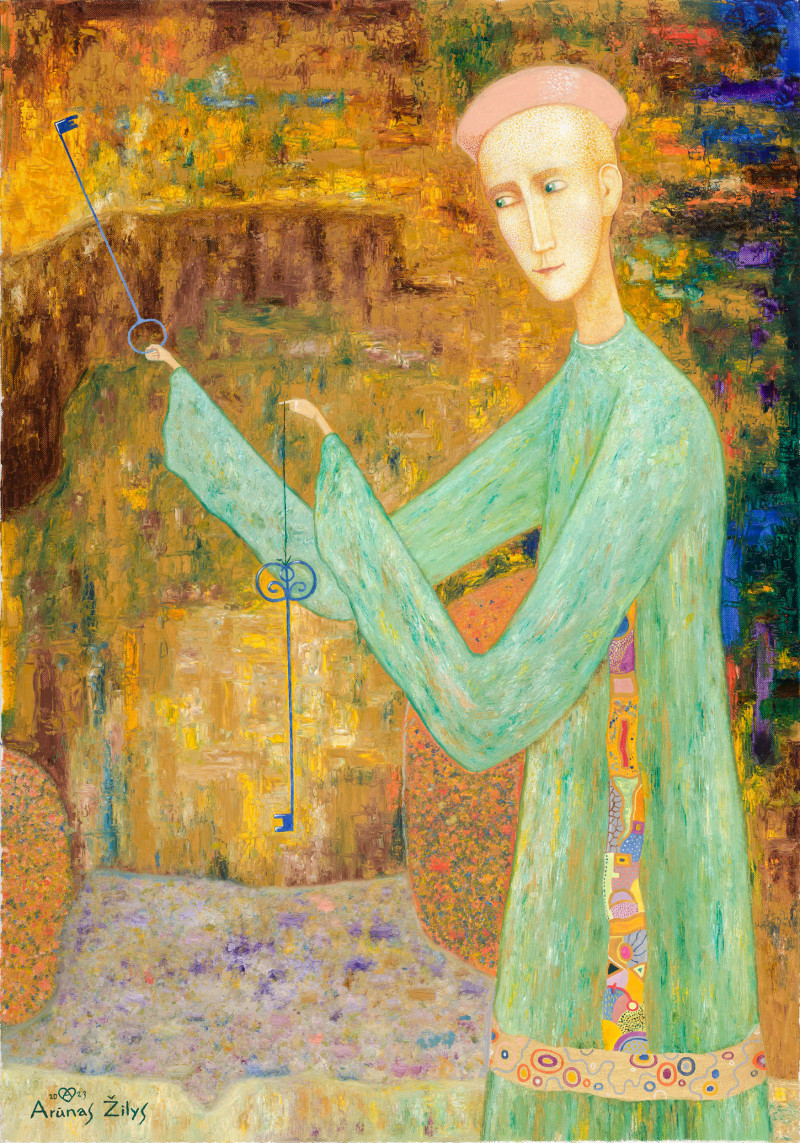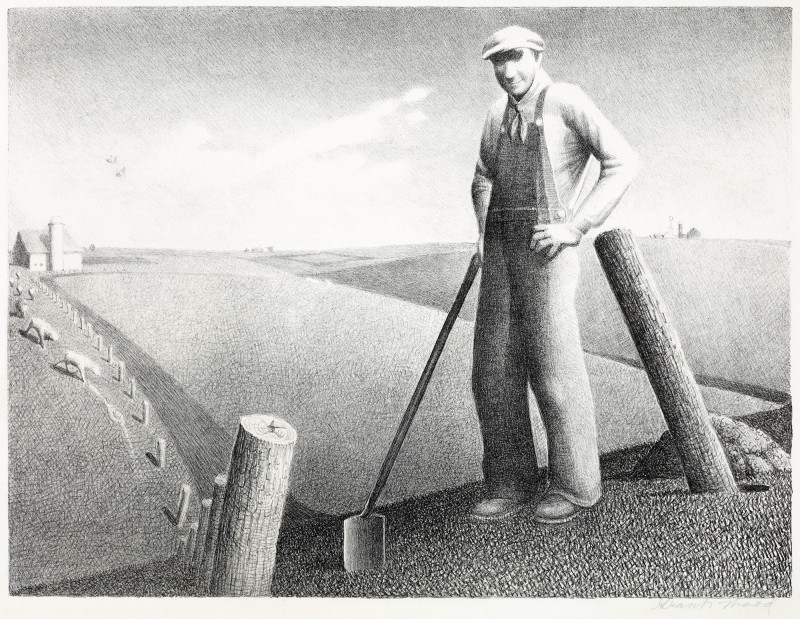Probably near Katahdin, autumn (1865–70)
Technique: Giclée quality print
Recommended by our customers
More about this artwork
Frederic Edwin Church, renowned for his masterful landscapes that encapsulate the raw beauty of nature, presents us with a serene snapshot of autumnal splendor in "Probably near Katahdin, autumn (1865–70)." This painting invites viewers on a visual journey into the heart of a Maine forest near Mount Katahdin during the vibrant fall season.In the foreground, a quiet stream delicately traverses through rocks and fallen branches, suggesting a natural, untouched environment. The serenity of the stream is juxtaposed against the dense, colorful foliage that sets ablaze the canvas with reds, oranges, and yellows. These colors not only evoke the essence of autumn’s ephemeral beauty but also demonstrate Church's skill in capturing the diverse textures and hues of the landscape.Darker tones and subdued backgrounds give depth to the forest beyond, with hints of bare, ghostly tree trunks that rise starkly against the softer array of autumn-leaved trees. This contrast adds a profound sense of quiet and solitude to the scene, a hallmark of Church’s landscapes where nature often takes center stage as the sublime protagonist.Church’s work here reflects his continual fascination with the American wilderness and his deft touch in rendering its varied moods and scenes. "Probably near Katahdin, autumn" is not merely a depiction of a location but a moment of reflection, a pause that invites the viewer to bask in the fleeting beauty of autumn, captured timelessly through Church's eyes.
Delivery
Returns
Frederic Edwin Church (May 4, 1826 – April 7, 1900) was an American landscape painter born in Hartford, Connecticut. He was a central figure in the Hudson River School of American landscape painters, best known for painting large landscapes, often depicting mountains, waterfalls, and sunsets. Church's paintings put an emphasis on realistic detail, dramatic light, and panoramic views. He debuted some of his major works in single-painting exhibitions to a paying and often enthralled audience in New York City. In his prime, he was one of the most famous painters in the United States.

